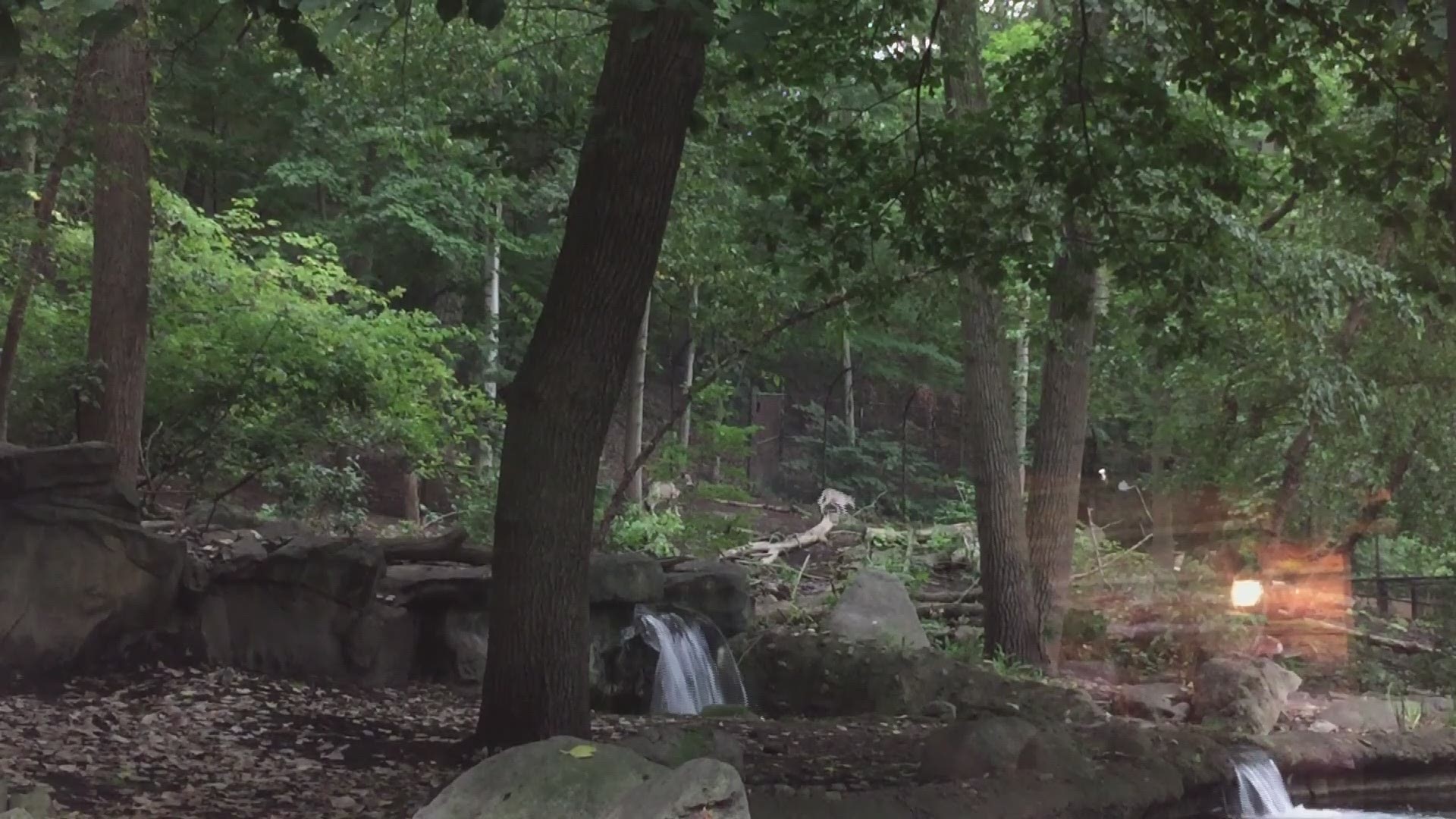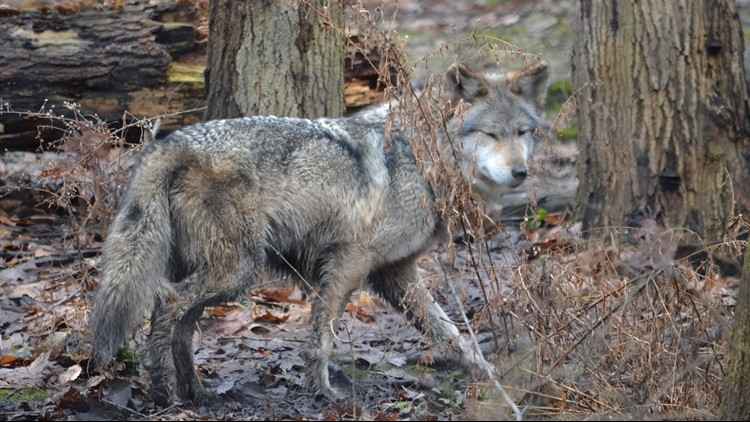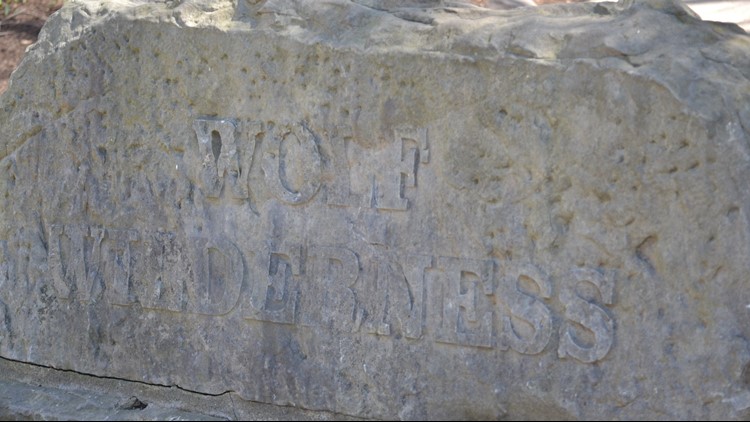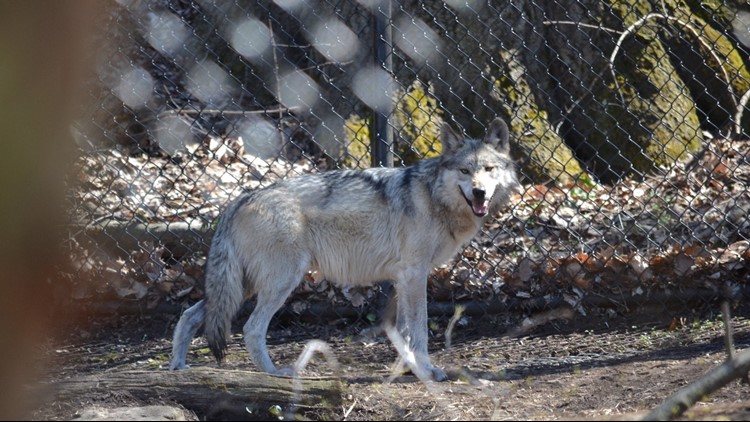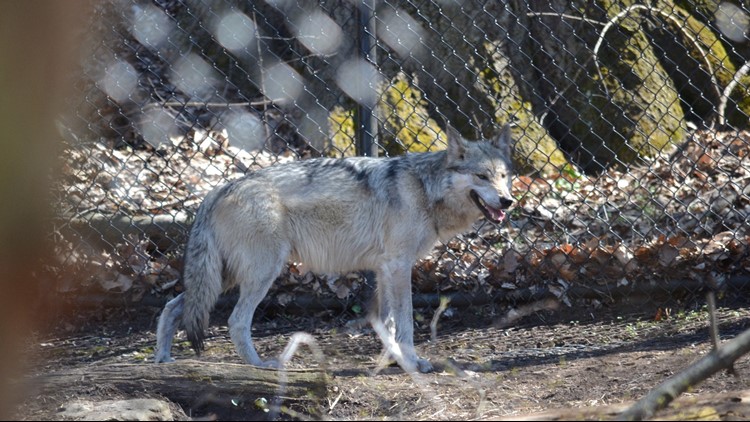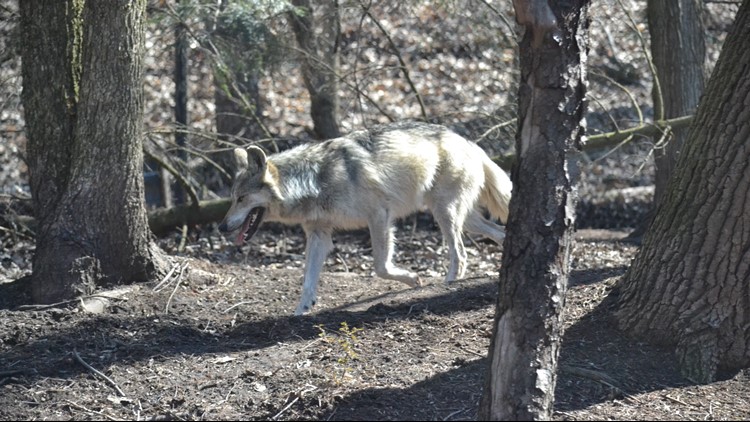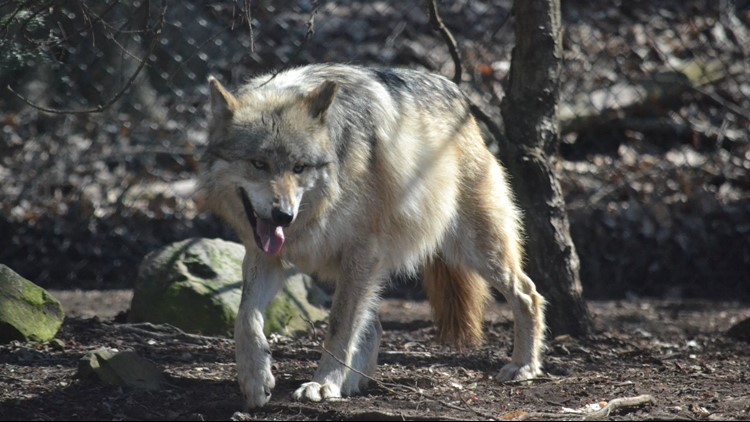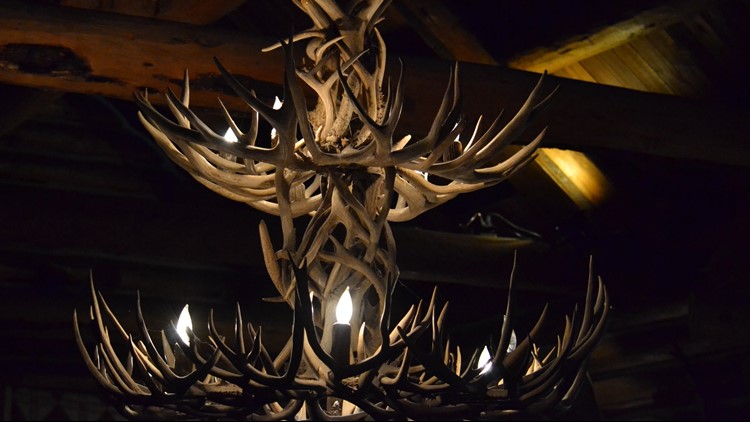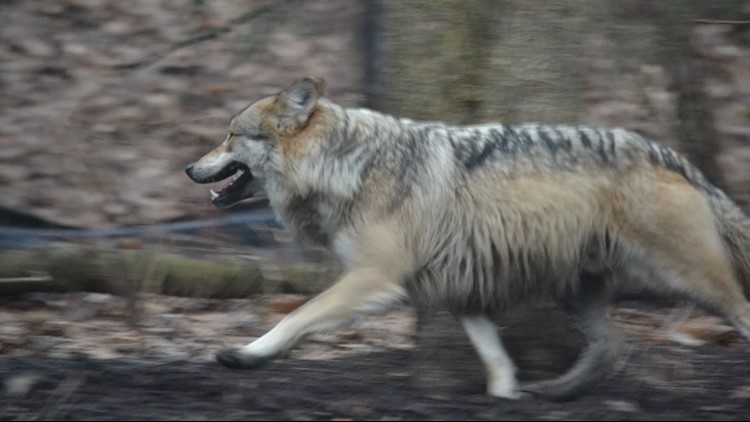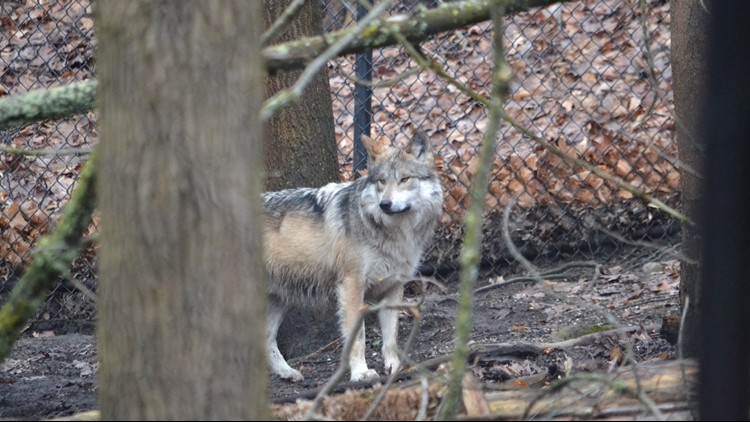CLEVELAND -- The impact of The RainForest can be felt all the way through the Cleveland Metroparks Zoo, not just on the two-acre plot of land at the entrance, and Wolf Wilderness is one of the areas that has followed in its legendary path.
Built in 1997, Wolf Wilderness celebrated its 20th anniversary last year, and was one of the first immersive environments constructed by the zoo after The RainForest.
“Wolf Wilderness was really the next big step, and Wolf Wilderness was where, for the first time, we really showcased North American animals,” Zoo Executive Director Chris Kuhar told WKYC.com. “It’s the first time we really tried to incorporate the science experience and the research experience and how important the animals are culturally, as well as biologically.”
PHOTOS: Wolf Wilderness carries on The RainForest's legacy at Cleveland Metroparks Zoo
Wolf Wilderness’s centerpiece attraction is a 3,000-square foot Wolf Lodge, which has the feel of a 19th-century hunter’s cabin.
The Native American/North American-influenced cabin features an antler chandelier, multiple fish tanks, a science and research station, a functional stone fireplace and large viewing areas of the wolves, aquatic animals and various bird species that call the habitat home.
“It’s a really complex exhibit,” Kuhar said. “It’s exotic, but it’s not too exotic. These are animals that are from the Northern Midwest. They’re here in North America, but it’s a great opportunity to message about that, so it was really that next big step in providing a great guest experience where we’ve set the bar that we’re going to design spaces that are great for the animals and great for the people.
“With Native American culture, with the Northern cultures, Canadian cultures, there’s a lot of connection there with wolves and those animals, so it’s great to be able to tell that story and remind people that it’s not just about an animal by itself somewhere far away. It’s often about the connection between animals and people, and emphasizing that connection is how we’re going to conserve the animals long term.”

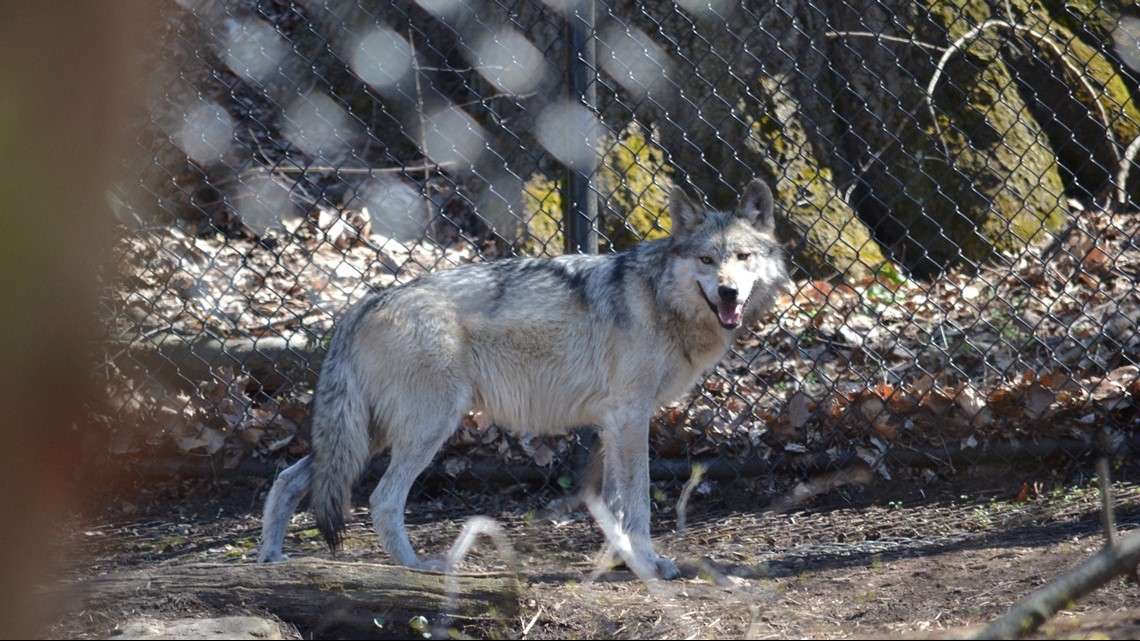
Recently, Cleveland’s wolf pack underwent several changes, as older pack members were retired and a group of young males were integrated with an older female.
“We’re always in the process of trying to make sure we have long-term groups for these exhibits,” Kuhar said. “We had an older female, and we were able to introduce some young males to her to create a pack, and it was a nice transition.
“It’s a complex pack. It provides a lot of activity. Carnivores, they have their squabbles. There’s a lot of activity. There’s a pecking order that they maintain, so being able to do a nice transition from one pack as it ages out to the next one is really challenging, but the team did a great job integrating these young males in with the female.”

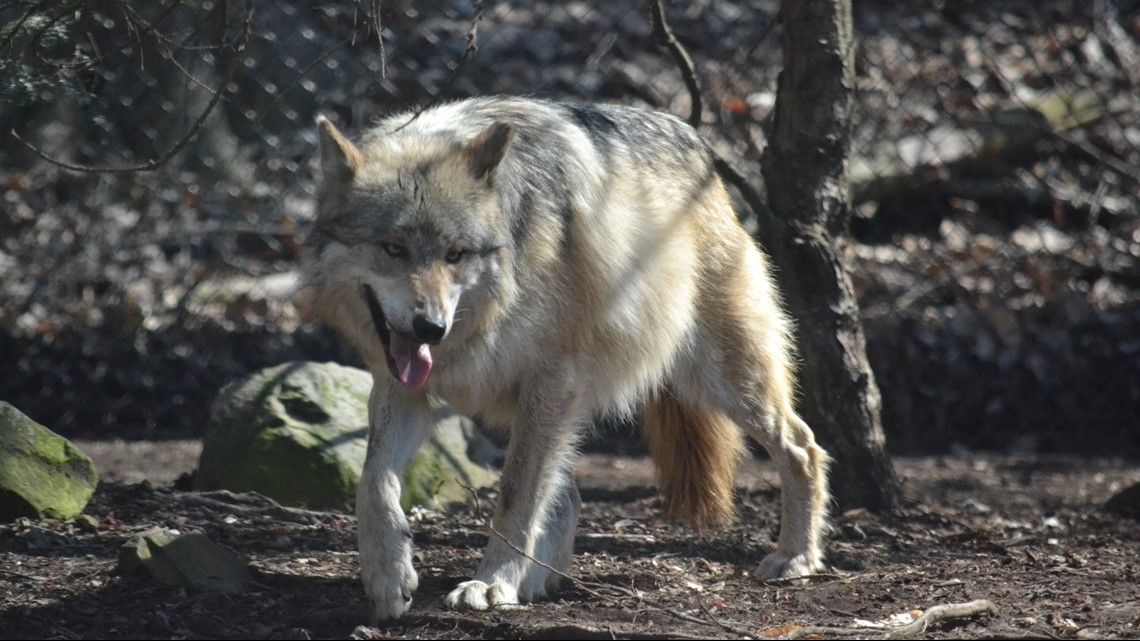
While Wolf Wilderness is an attraction for the Cleveland Metroparks Zoo, it is also part of an important reintroduction program.
The wolves are owned by the U.S. Fish and Wildlife Service, and are eligible for reintroduction into the wild, and the Cleveland Metroparks Zoo is proud to be a part of this mission of conservation and species protection.
“We have minimal contact with them compared to some of the other animals that are in our collection, so there’s the potential for those animals to go back into the wild as part of a reintroduction, which is another way that zoos can really benefit conservation by working with government agencies to manage wild populations, as well as our captive populations,” Kuhar said.
“We want people to feel connected to animals so that they take a conservation action, and it’s really important to remember that animals exist alongside of us, so there’s always a cultural, social connection between the animals and the people.”

